“Manual vs. Electric Toothbrush: Which is Better?”
“Manual vs. Electric Toothbrush: Which is Better?”
Introduction
Maintaining good oral hygiene is a key aspect of daily health, and selecting the right toothbrush can greatly impact dental care. One of the most common debates in oral care revolves around . Many consumers struggle to decide which option is better suited for their needs. both consumers and oral care manufacturers can make more informed choices. For instance, an electric toothbrush often provides advanced cleaning technology, such as oscillating bristles and built-in timers, while a manual toothbrush relies on the user’s brushing technique. Recognizing these distinctions helps ensure that individuals and companies alike can prioritize effective dental care solutions.
A manual toothbrush is the most common and accessible oral hygiene tool, widely used for decades.
✅ Easy to use and widely available ✅ Inexpensive and disposable ❌ Requires proper technique for effective cleaning ❌ No built-in timers to ensure adequate brushing time
An manual toothbrushroperates with battery-powered or rechargeable oscillating, rotating, or sonic vibrations to enhance the brushing process.
✅ More effective in removing plaque and preventing gum disease ✅ Ideal for people with limited mobility (e.g., arthritis patients) ❌ More expensive than manual toothbrushes ❌ Requires charging or battery replacement
| Feature | Manual Toothbrush | Electric Toothbrush |
|---|---|---|
| Cost | Affordable | More expensive |
| Cleaning Efficiency | Dependent on technique | More effective due to automated movements |
| Convenience | No charging required | Requires charging or battery |
| Features | Basic | Includes timers, pressure sensors, and different modes |
| Portability | Lightweight and easy to carry | Heavier and requires power source |
Toothbr manufacturers continue to innovate by improving bristle designs, integrating AI-driven sensors, and developing eco-friendly materials. The growing demand for smart toothbrushes is shaping the future of oral care products.
Both manual and power toothbrushes have their own advantages and are suitable for different users. The choice depends on individual preferences, budget, and specific oral health needs. By understanding the difference between power toothbrush and manual toothbrush, consumers and manufacturers can make well-informed decisions to enhance oral hygiene practices worldwide.


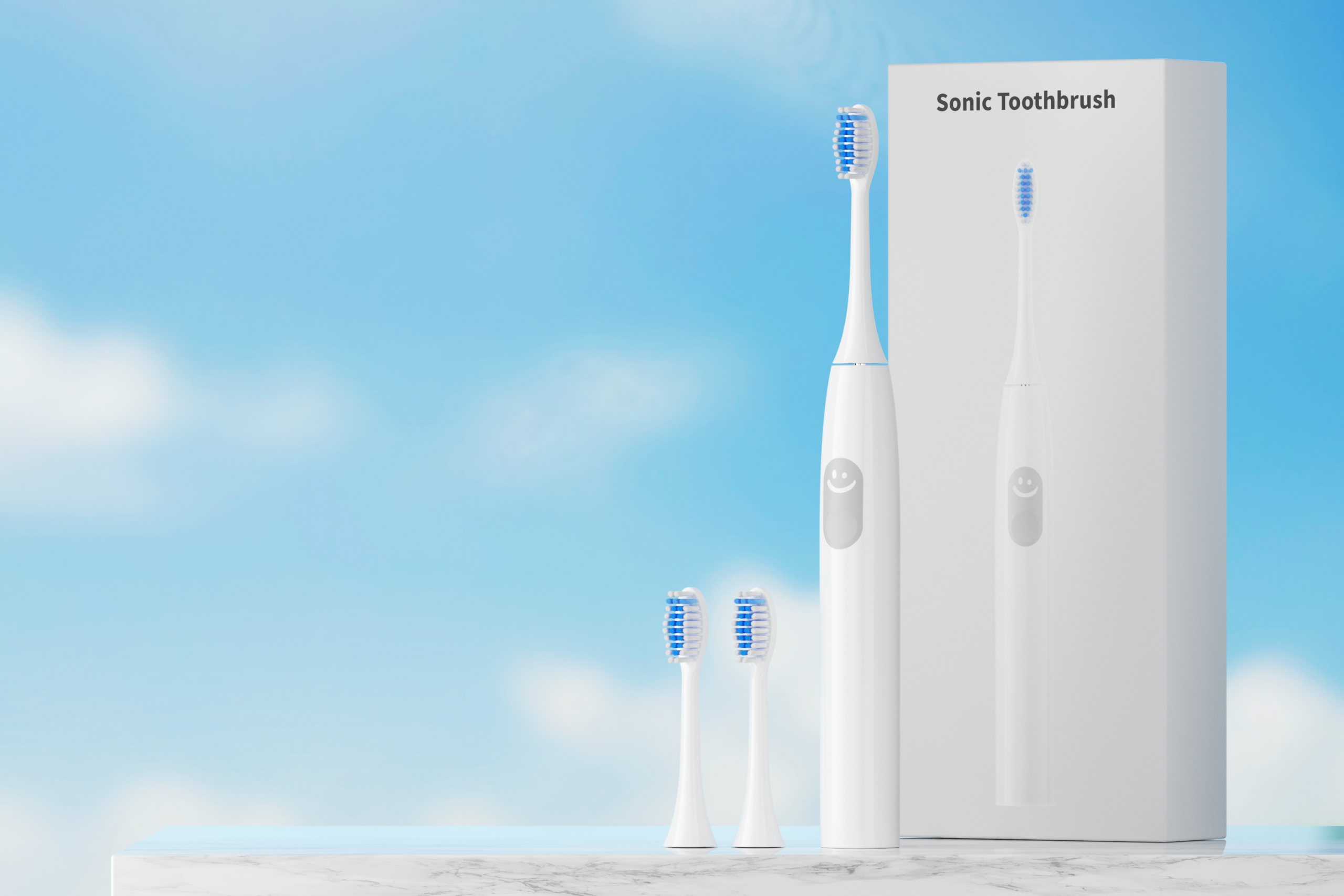
Environmentally friendly Electric Toothbrush OEM: Sustainable Oral Care
Is Your Motor Vibration Failure Causing Brush Head Detachment?
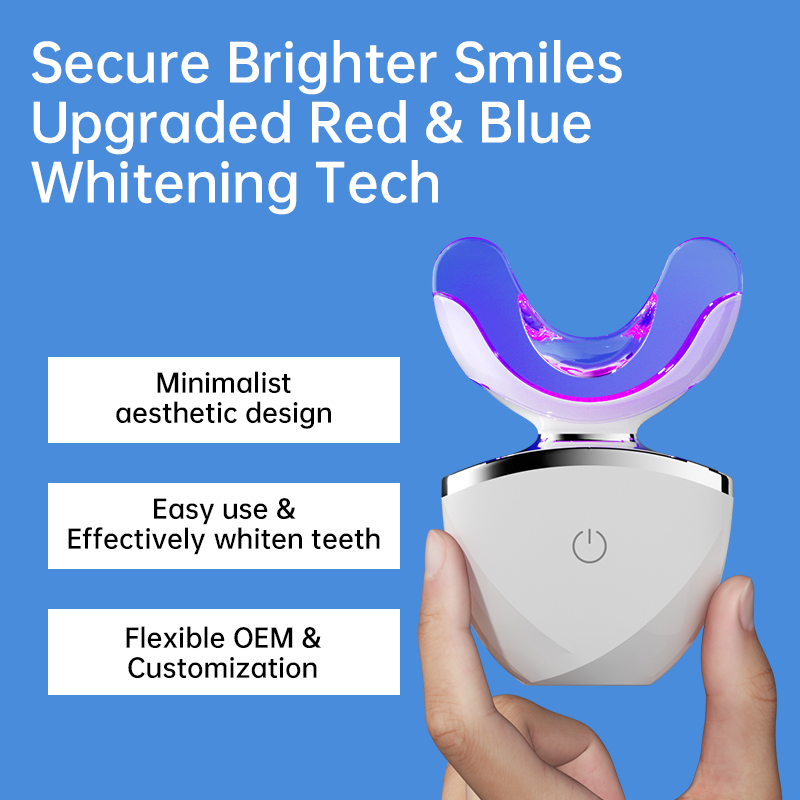
Global Market Access: Understanding Teeth Whitening Regulations for OEM Brands
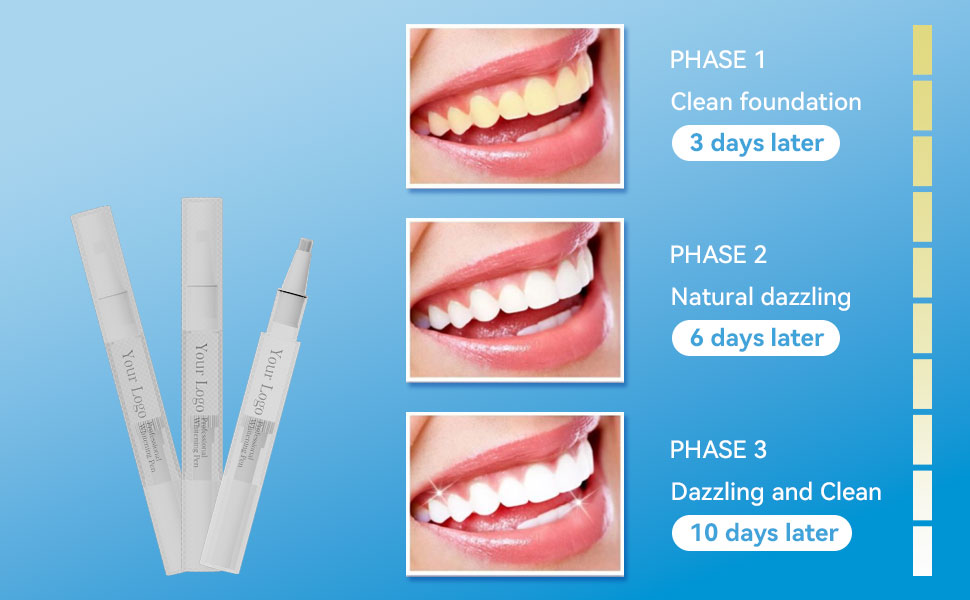
Precautions during the use of household teeth whitening devices
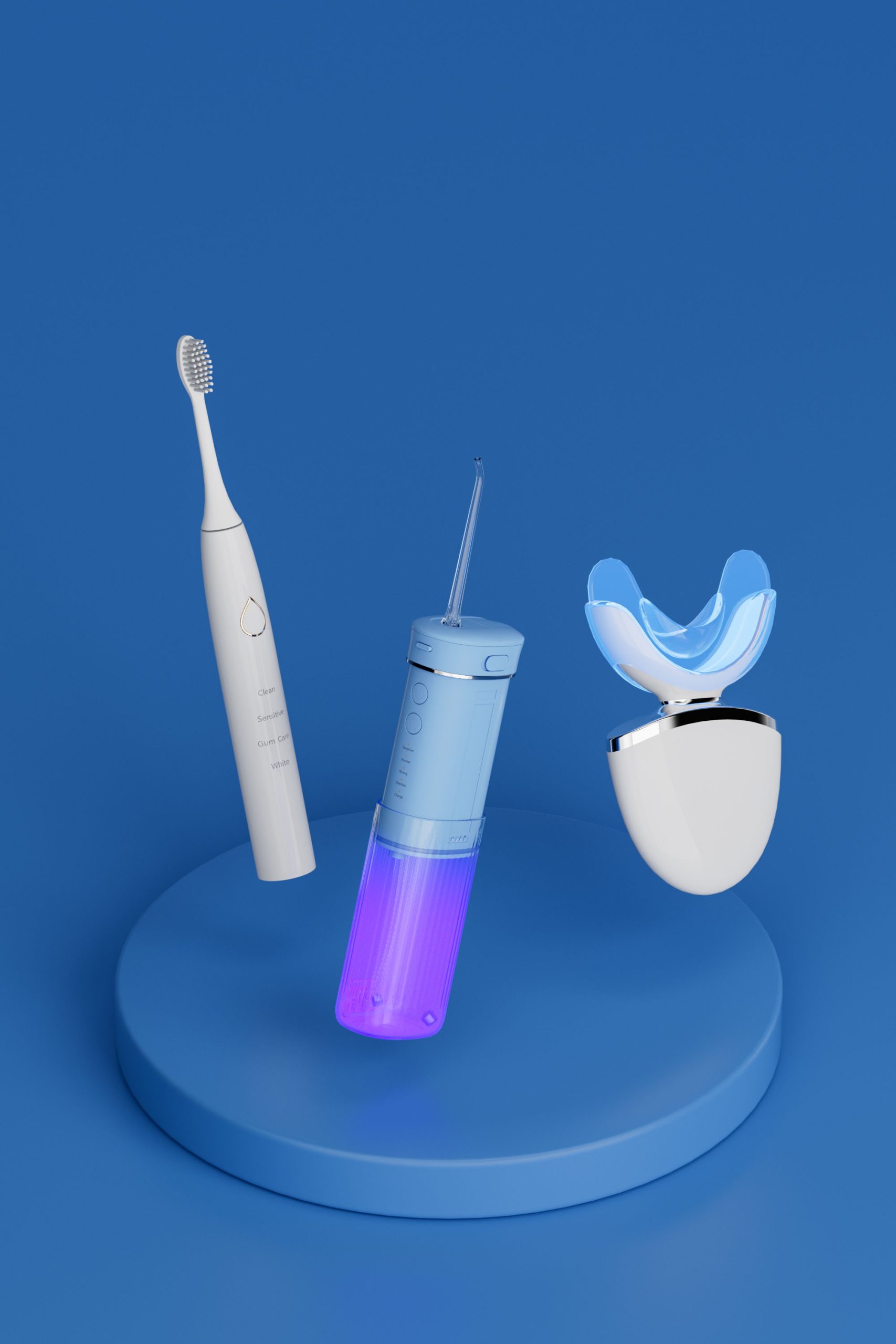
Are Water Flossers Just a Bad Idea? An Honest OEM Manufacturer’s Perspective

Factors Affecting the Durability of Electric Toothbrushes
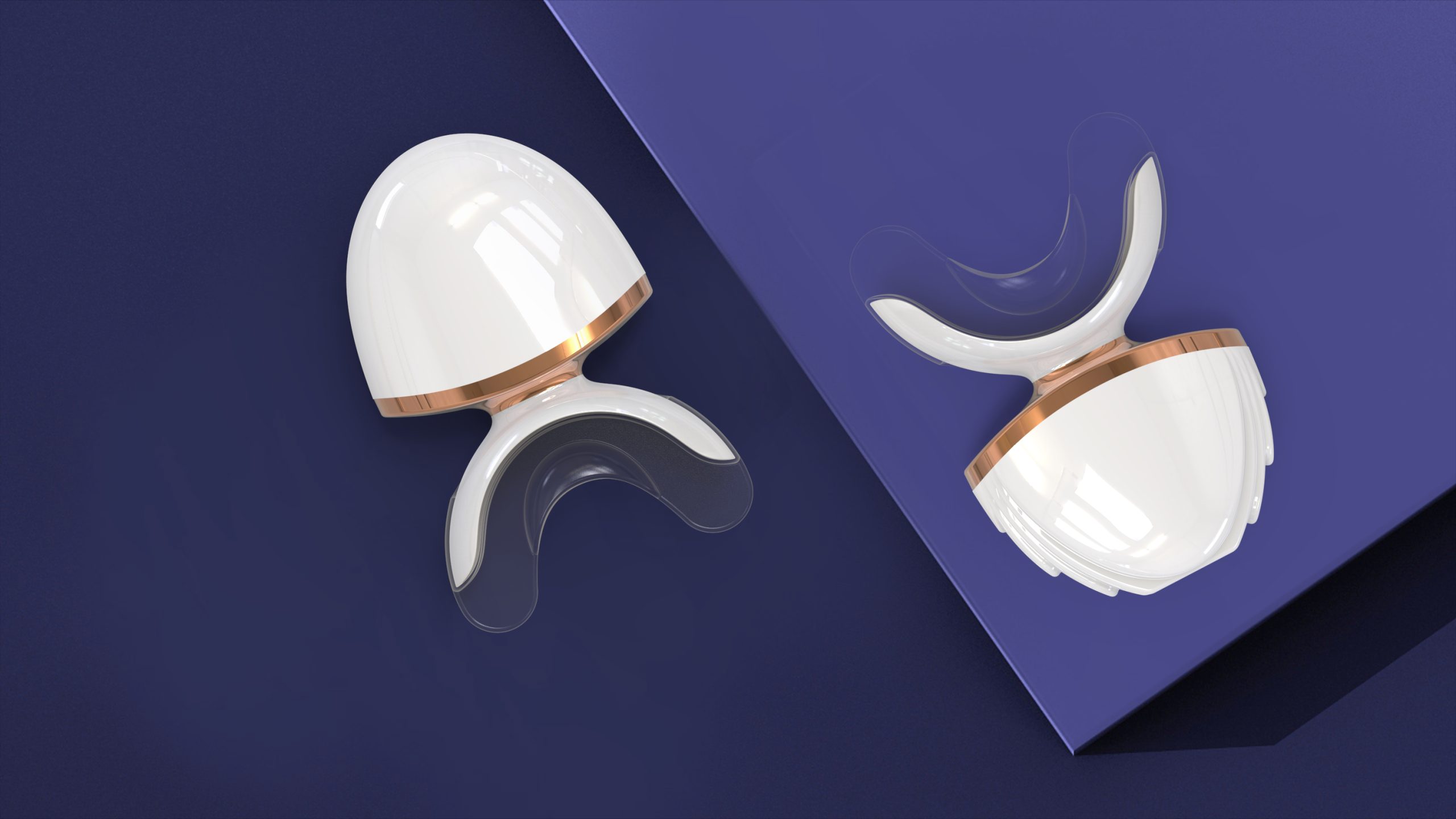
LED Teeth Whitening Device Precision Mold Shell: How to Balance Beauty and Durability?
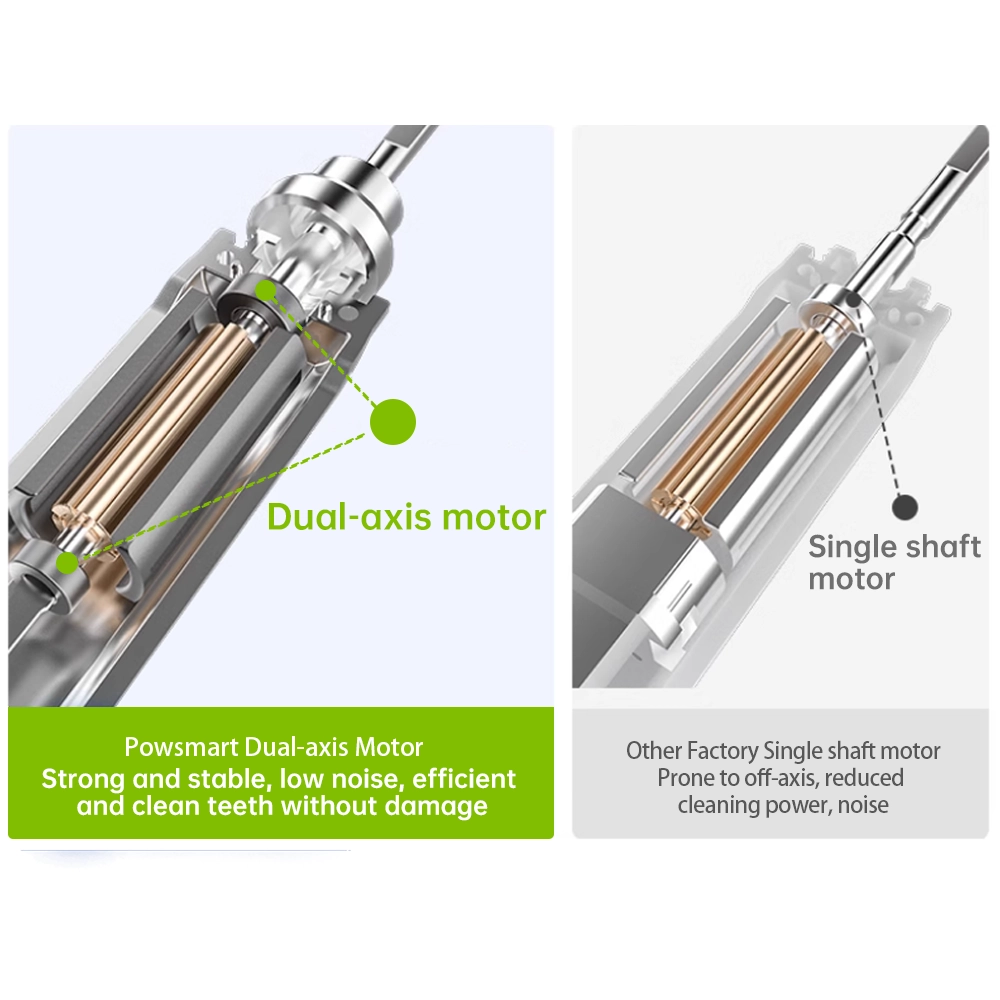
How Much Do You Know About Motor Science in Electric Toothbrushes?
Is Battery Swelling Causing Pressure Loss?
Can Short Tank Runtime Delay Oral Ulcer Care?
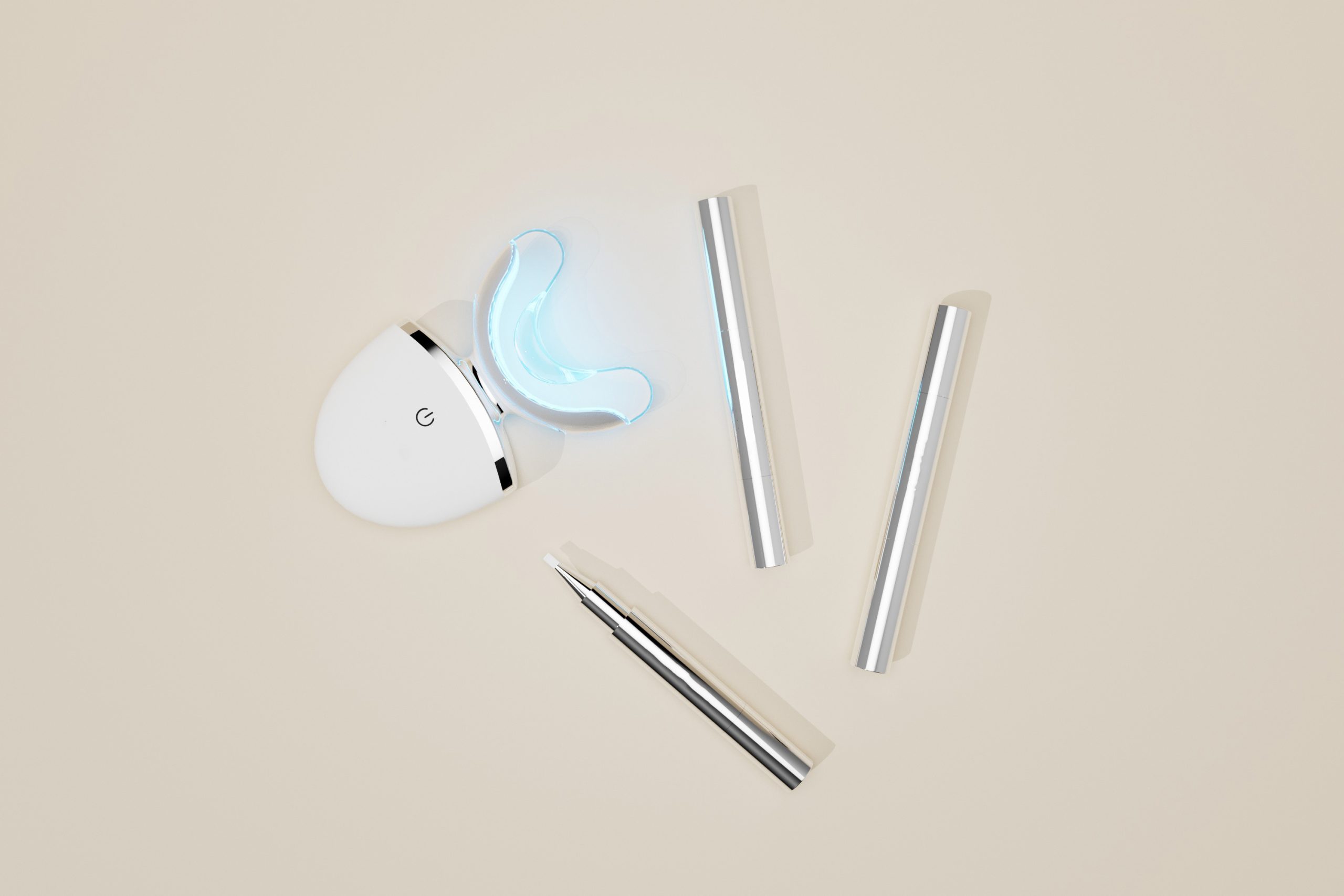
How to Be the Top Seller of Teeth Whitening Pens

How to Enhance the Competitiveness of Your Oral Brand
.jpg)
Are Water Flosser Packaging Solutions Key to Secure Water Flosser Export Packaging?
.jpg)
Do Water Flossers Actually Remove Hard Plaque? An OEM Manufacturer’s Insight

Effective Water Flosser Disinfection Methods & Smart OEM Design Solutions
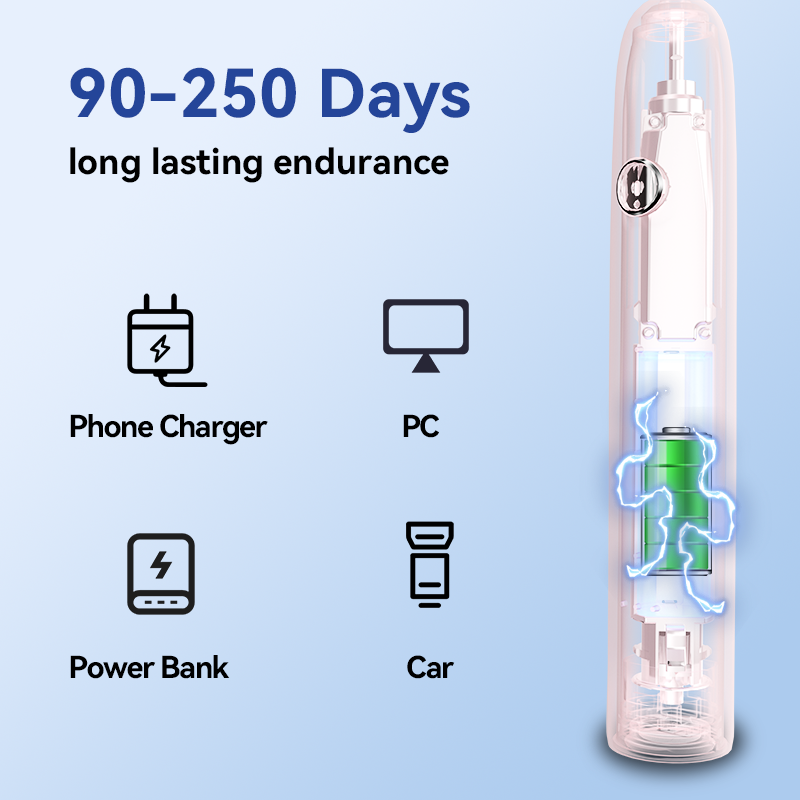
How Do I Know When My Toothbrush Is Fully Charged? OEM Solutions for Clear Indicators

Electric toothbrush heads Charcoal Infused-Diamond

electric toothbrush heads Deep Clean

Customization Teeth Whitening Gel

electric toothbrush heads Charcoal Infuse-Round

electric toothbrush heads Regular Clean
.jpg)
Florida Electric Toothbrush – Powsmart PTR-C8

electric toothbrush heads Ultra Soft

Private Label Whitening Gel
whstapp
whstapp
National Toll-Free Service Hotline
+86 755 86238638